0S-9 was upgraded to OSX; Windows 98 was upgraded to Windows 2000. Operating Systems are subject to recurring change. ("New, Improved. Faster, More Efficient! Easier to use, ... " well, you get the picture.)
For playground safety inspectors, ASTM Fl 487 is the primary "operating system," and it too is subject to recurring upgrades. This public use playground·equipment safety performance specification was first released in 1993 and was revised in 1995, in 1998, and now is available in the latest version for 2001: F1487-01. Unless specifically mandated by state legislation, playground safety inspectors are expected to be familiar with and apply the current safety standards for safety audits. The following summarizes the major changes that were incorporated into the new standard, listed by topic in alphabetical order. Specific section references in the new standard are cited in parentheses following each discussion.
Accessibility-For platforms that are accessible to children with disabilities only by means of transfer that is for those platforms that cannot be accessed by wheelchairs- the requirement that manipulable equipment be placed within reach ranges of wheelchair users is not applicable. (ASTM Fl 487-01 § 10.3 .2 .5 Note 12)
Balance Beams-The fall height of balance beams is the distance between the highest part of the walking surface and the protective surface below. Previously the fall height had not been specified. (ASTM F1487-01 § 8.1.3)
Climbers used for access/egress from or to composite play structures-The fall height is the distance between the highest part of the climber intended for foot support and the protective surface below. Previously the fall height had not been specified. (ASTM Fl 487-01 § 8.2.3)
Designated Play Surface-The definition was revised for clarification. The minimum area of a designated play surface is now set as two inches wide by two inches long. The functions and slope of the elevated surface remain the same as the previous standard. (ASTM Fl 487-01 § 3.1.8)
Free-standing Climbers-The fall height of free-standing climbers, such as geodesic domes and freestanding climbing walls is the distance between the highest part of the climbing component and the protective surface below. Previously the fall height had not been specified. (ASTM Fl 487-01 § 8.2.4)
Guardrails--Previously, it was not clear which designated play surfaces required guardrails. Now, guardrail are not required for equipment unless specifically noted in Section 8 - Equipment, of the standard. There is no need to have guardrails around balance beams, climbers, etc. (ASTM F1487-01 §7.4.3)
Log Rolls-The fall height of log rolls is the distance between the highest point of the rolling part and the protective surface below. Previously the fall height had not been specified. (ASTM Fl 487-01 § 8.12.4)
Merry-Go-Rounds-The fall height of merry-go-rounds is the distance between the perimeter of any surface where a user is expected to sit or stand and the protective surface below. Previously the fall height had not been specified. (ASTM Fl 487-01 § 8.8.1.7) This is more restrictive than the CPSC definition, which refers to the perimeter on which a child may sit or stand. (CPSC: Handbook for Public Playground Safety - Publication 325. 1997 § 4.3)
Partially bound openings-A new exemption to head and neck entrapment criteria was added. This exemption is similar to the exemption for openings beneath the bottom edge of equipment, such as rails or steps having the protective surfacing as its lower boundary. This new exemption requires two conditions: a) a partially-bound opening that forms a "V" angle less than 55 degrees with one side of the apex of the angle formed by an inclined or vertical climbing surface and the other side of the apex of the angle formed by a rope, chain, or cable; and b) the rope, chain, or cable must be in contact with the inclined surface at the point of the formed "V" angle at or below the protective surface. (ASTM Fl 487-01 § 6.1 .4.7(2))
Pinch, Crush, and Shear-The exemption for the area between small, lightweight moving parts necessary as an integral part of the play activity was expanded. Examples now include abacus beads, bell clappers, telephone receivers, etc., provided the area does not meet the definition of a pinch, crush, and shear point. (ASTM F1487-01 § 6.5.1.3(4))
Protective Barriers-Previously, it was not clear which designated play surfaces required protective barriers. Now, they are not required on equipment unless specifically noted in Section 8 - Equipment, of the standard. There is no need to have protective barriers around balance beams or climbers. (ASTM F1487-01 § 7.4.4)
Protrusions-The directions for determining whether a projection is a protrusion were clarified. The process is now to successively place each of the three gauges over each accessible projection in all orientations. (ASTM F1487-01 § 6.3.2)
Platform-For the first time, the standard has a definition of a platform: a flat surface, intended for more than one user to stand, and upon which the user(s) can move freely. (ASTM F1487-01 § 3.1.21)
Public Use Play Equipment-The definition of public-use play equipment has been clarified. It no longer must have at least one designated play surface. The standard now recognizes many apparatus such as freestanding activity panels or speaking tubes, musical or percussion toys, etc., as public-use play equipment. (ASTM Fl 487-01 §3.1.29)
Roller Slides-The fall height of roller slides is the distance between the slide transition platform and the protective surface below. Previously the falI height of roller slides had not been specified. It is now consistent with the fall height of standard slides. (ASTM Fl 487-01 § 8.9.4)
Roofs-In addition to the previous requirement that roofs contain no designated play surface, now roofs have no fall height requirement. (ASTM Fl 487-01 § 8.14.2)
Rotating Swings-The use zone surrounding the support structure of rotating swings is a minimum of 72 inches in all directions from the support structure. This corrects an oversight in the previous version of the standard and is consistent with the use zone of the support structure of to-fro swings. (ASTM Fl 487-01 § 9.4.2.3)
Sand Diggers-Single-user rotating play equipment, such as a sand digger that require the user to maintain contact with the ground during play have no individual use zone requirements, but must have sufficient space between it and adjacent equipment for play and circulation. (ASTM F1487-01 § 9.3.4)
Stationary Play Equipment-Likewise, stationary play equipment (such as free-standing speaking tubes or activity panels or ground-level sandboxes) that require a user to maintain constant contact with the ground have no individual use zone requirements, but must have sufficient space between it and adjacent equipment for play and circulation. (ASTM F1487-01 § 9.2.l)This stipulation now essentially agrees with that of the CPSC. (CPSC: Handbook for Public Playground Safety - Publication 325. 1997 § 4.4)
Stationary Play Equipment-The restriction that overlapping use zones of adjacent equipment be limited just either to adjacent stationary equipment or to the support structure use zones for adjacent tofro or rotating swings has been removed. It is now possible, for example, to overlap the use zone of stationary equipment and other non-stationary equipment, such as the adjacent support structure use zone of a to-fro or rotating swing. (ASTM F1487-01 § 9.2.3)
See-Saws-The fall height of see-saws is the distance between the maximum height attainable by any part of the see-saw and the protective surface below. Previously the fall height had not been specified. (ASTM Fl 487-01 § 8.10.7)This stipulation now essentially agrees with that of the CPSC. (CPSC: Handbook for Public Playground Safety - Publication 325. 1997 § 4.3)
Slides-The most significant changes to the standard was to sliding equipment:
Fall Height-The fall height of slides is the distance between the slide transition platform and the protective surface below. Previously the fall height of slides had not been specified. It is now consistent with the fall height of roller slides. (ASTM F1487-01 § 8.5.7)This stipulation now essentially agrees with that of the CPSC. (CPSC: Handbook for Public Playground Safety - Publication 325. 1997 § 4.3)
Use Zone-Now it is much simpler to measure the use zone at the lower exit end of a slide chute. It is no longer necessary to determine where the sliding surface transitionally changes to less than five degrees from the horizontal. The dimension of the slide exit area use zone is just measured out from the end of the lower exit of the slide chute. That dimension is a minimum of either X (i.e., the vertical distance from the protective surfacing as the lower exit to the highest point of the sliding surface) or 72 inches, whichever is greatest. That dimension need not be greater than 96 inches; which is significantly less than previously stipulated. (ASTM Fl 487-01 § 9.6.2 - § 9.6.2.1)
The use zone at the bottom of the slide chute is now measured from the end of the slide bed, not at the transition from the sloped portion to the exit region of the slide as previously required. The maximum use zone dimension has been reduced to 96 inches, from the previous maximum of 168 inches. The minimum is now the greater of either 72 inches or "X" (no longer "X" + 48 inches, as was previously required).
Sliding Pole-The fall height of a sliding pole is determined by how the pole is accessed: a) The fall height of a sliding pole accessed from a platform is the distance between the platform and the protective surfacing below; b) A sliding pole not accessed from a platform has a fall height of 60 inches below the highest portion of the pole to the protective surfacing below. Previously the fall height of sliding poles had not been specified. (ASTM F1487-07 § 8.4.7)
Small Parts-A new section was added referencing a Code of Federal Regulations method to identify small parts choking, aspiration, or ingestion hazards to children under three years of age. (ASTM F7487-01 § 5.3)
Spring/Rocking Equipment-The fall height of spring/rocking equipment is the distance between the maximum height of the seat or designated play surface and the protective surface below. Previously the fall height of spring/rocking equipment had not been specified. (ASTM F1487-07 § 8.11.6)
Swing Support Structure Use Zone-The restriction that overlapping the use zone of the support structure of tofro or rotating swings be limited to only adjacent swing support structures has been removed. It is now possible to overlap the use zone of other play equipment and the adjacent support structure use zone of a swing. (ASTM F7487-01 § 9.4.1.5 & § 9.4.2.5)
Track Rides-The fall height of track ride equipment is the distance from the m~ximum height of the equipment to the protective surface. Equipment support posts with no designated play surfaces are exempt from this requirement. Previously the fall height of track ride equipment had not been specified. (ASTM Fl 487-07 § 8.13 .8)
Tires-Tires a) shall not trap water; and b) shall not have exposed steel belts. These are new stipulations. (ASTM Fl 487-01 § 4.3) upper-body Equipment-For the first time, the standard has a definition for upper body equipment: overhead component designed to support a child by the hands only (examples: horizontal ladders, chinning bars, ring ladders) (ASTM F1487-01 § 3.1.47)
Fall Height-The fall height of track ride equipment is the distance from the maximum height of the equipment to the p~otect1ve s~rface. Equipment support posts with no designated play surfaces are exempt from this requirement. Previously the fall height of upper-body equipment had not been specified. It is identical to that of track rides. (ASTM F1487-01 § 8.3 .5) While more specific, this stipulation now essentially agrees with that of the CPSC. (CPSC: Handbook for Public Playground Safety - Publication 325. 1997 § 4.3)
POST-ARTICLE NOTE:
ASTM Fl 487-01 Standard Consumer Safety Performance Specification for Playground Equipment for Public Use is available from ASTM, 100 Bar Harbor Drive, West Conshohocken, PA 19428-2959 (www.astm.org) or from the National Recreation and Park Association, Publications Division, 22377 Belmont Ridge Road, Ashburn, VA 20148-4501 (www.nrpa.org).

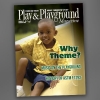
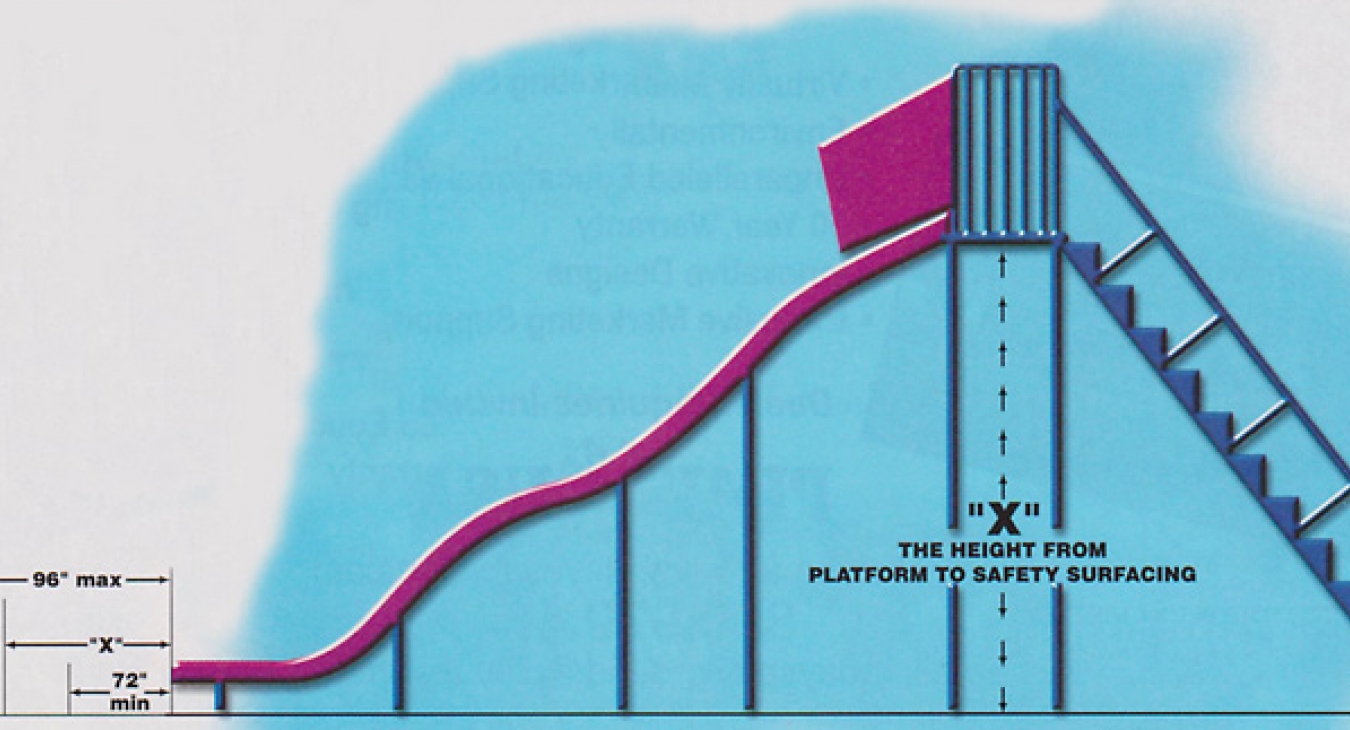
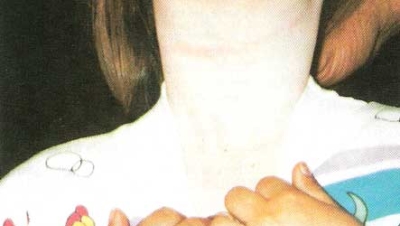
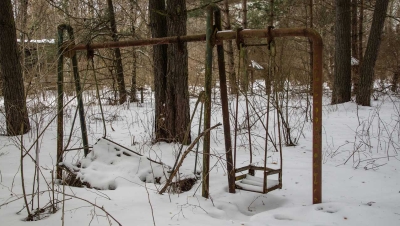

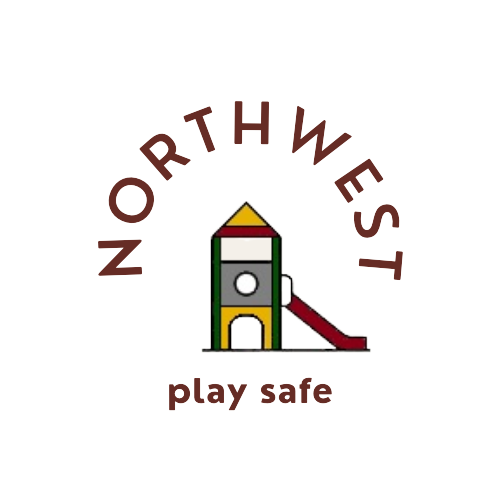
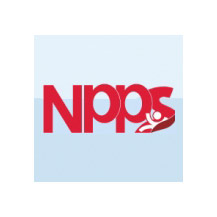
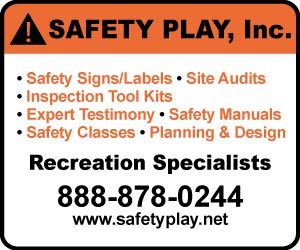
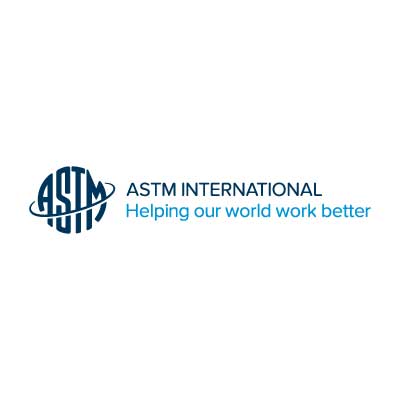
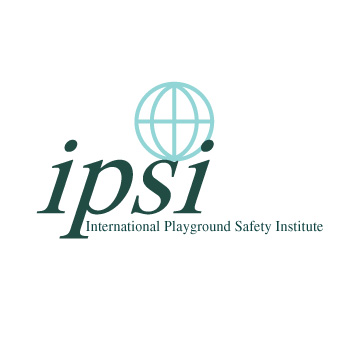
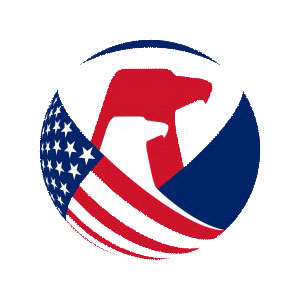
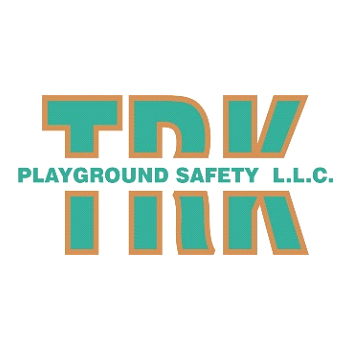
Add new comment